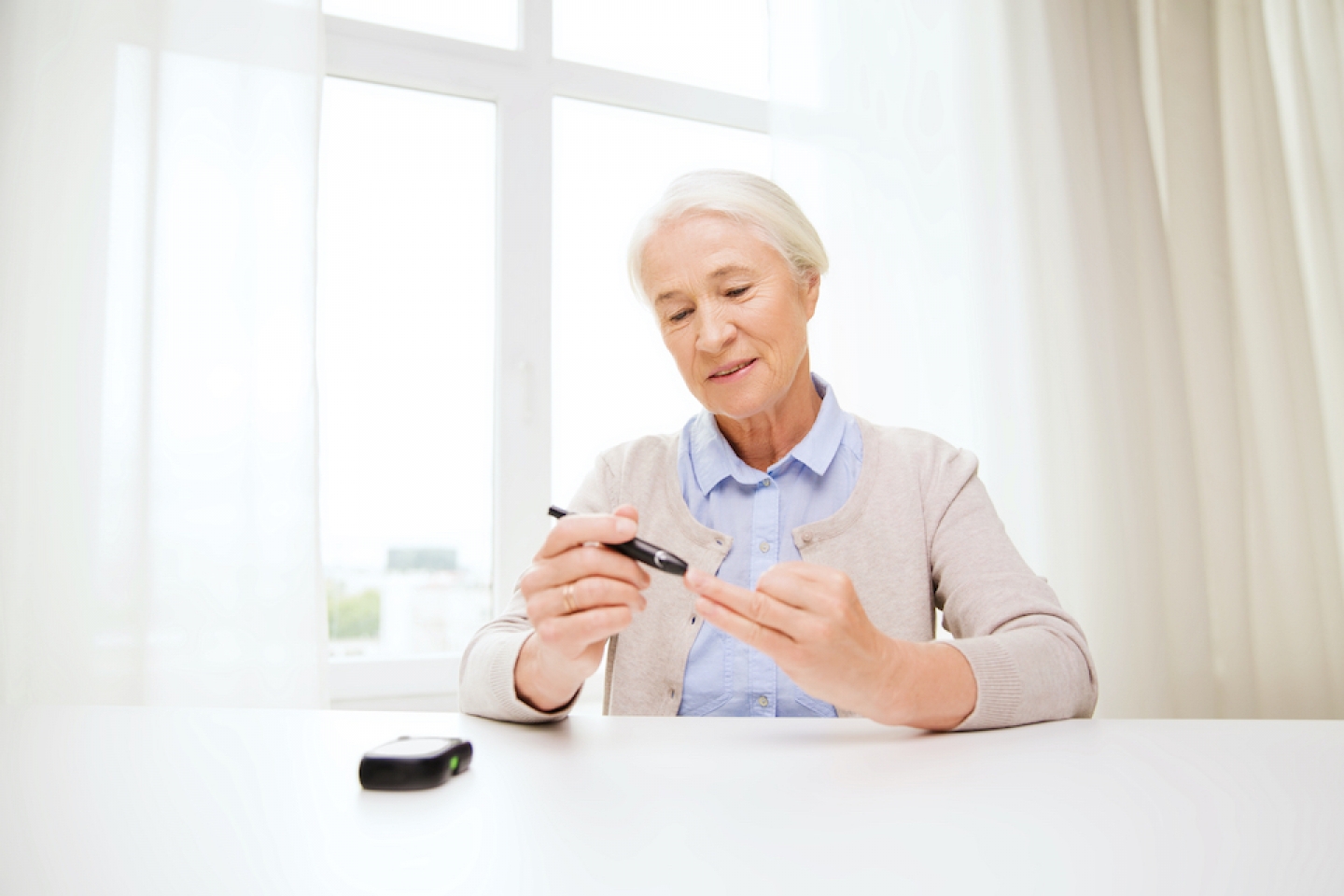
Wearable technology that monitors glucose levels and reports medical data to patients and their physicians has transformed care for patients with Type 1 diabetes.
“For the last five years, technology such as continuous glucose monitoring (CGM) and insulin pumps has grown to offer patients so much more control over their diabetes management,” says Tiffany Yeh, MD, assistant professor of clinical medicine and assistant attending physician at NewYork-Presbyterian Hospital.
“And COVID-19 has pushed this even more into the spotlight,” Dr. Yeh says,referring to the convenience of obtaining important medical data for telemedicine and Video Visits.”
These systems allow patients to check their blood-sugar levels 24/7, Dr. Yeh explains, indicating rising and falling glucose, ultimately enabling patients to make decisions about how to adjust their insulin intake.
“Insulin pumps have been shown to decrease the rates of hypoglycemia and hyperglycemia,” Dr. Yeh says. “I can see patterns throughout the day and night and my patients get immediate feedback.”
Dr. Yeh says that insulin pumps, placed inside the body to deliver insulin in response to remote-control commands from the user, have become more personalized in the last five years.
“The devices contain insulin and can give patients a single long-acting dose and a bolus,” she explains, referring to a short-acting dose of insulin that patients take to cover an expected rise in blood glucose, often related to a meal or snack. “This is a much easier way to for patients to get insulin than injections, and some of the pumps have bolus calculators or mini collection boluses to bring down high blood sugar and help avoid user error.”
Dr. Yeh also discussed emerging “closed loop pumps”—not yet FDA-approved—which communicate between the continuous glucose monitors and adjust insulin dosing based on the numbers and trends on the CGM. This system is a “hybrid,” she explains, because the patient still needs to be actively involved.
“I tell patients that it doesn’t matter how they’re hacking their diabetes devices—as long as they know and understand what their blood sugar is doing, and how to fix a high or low so they don’t get into trouble, that’s what matters,” she says. “This can help give them gain the ultimate management over their lives and their day-to-day care.”